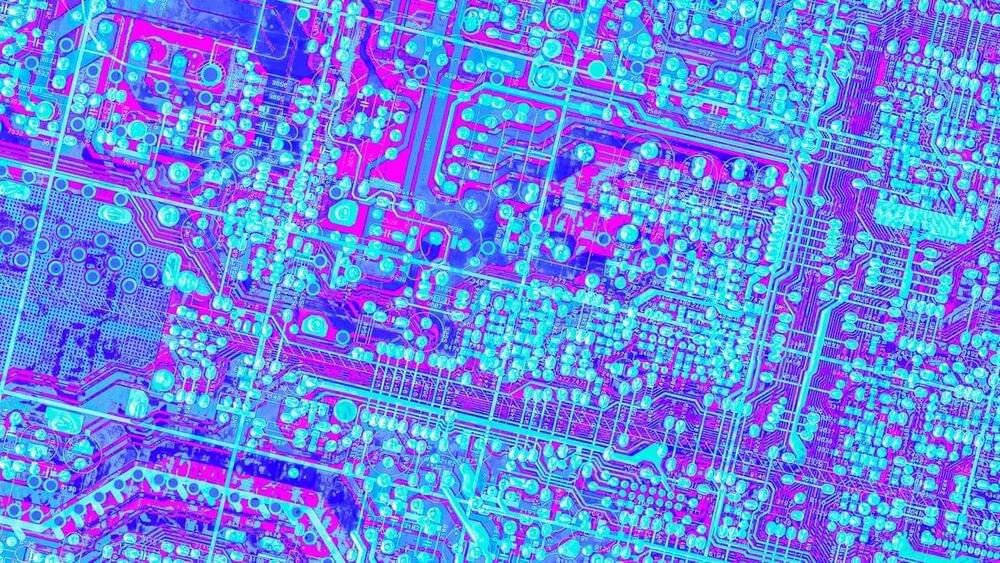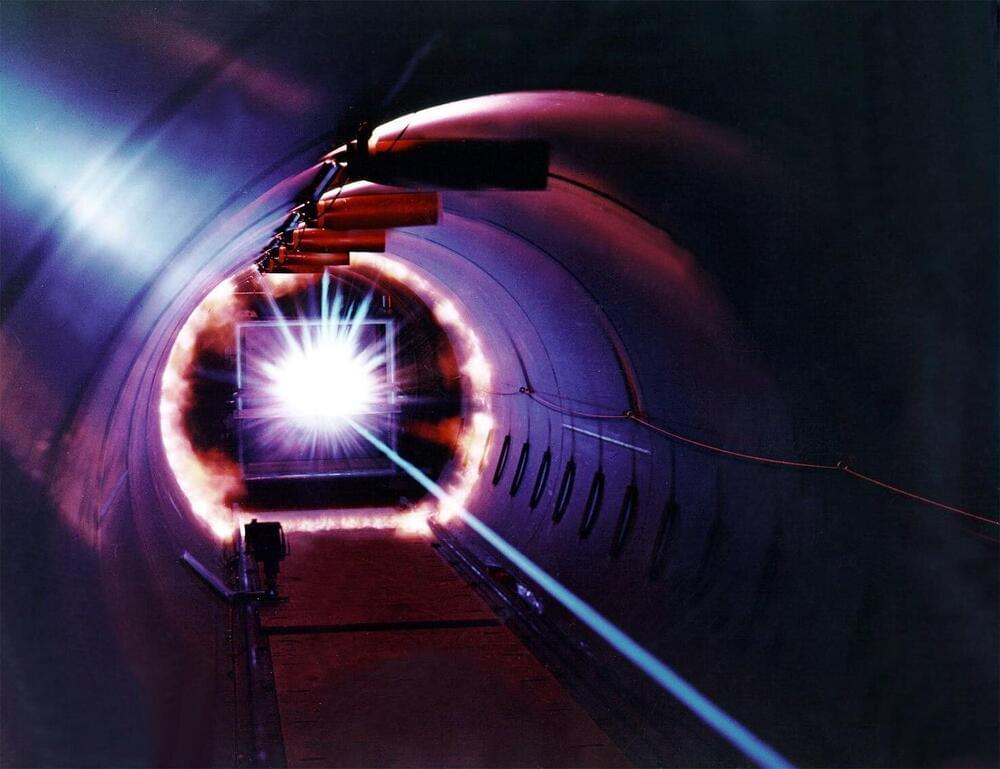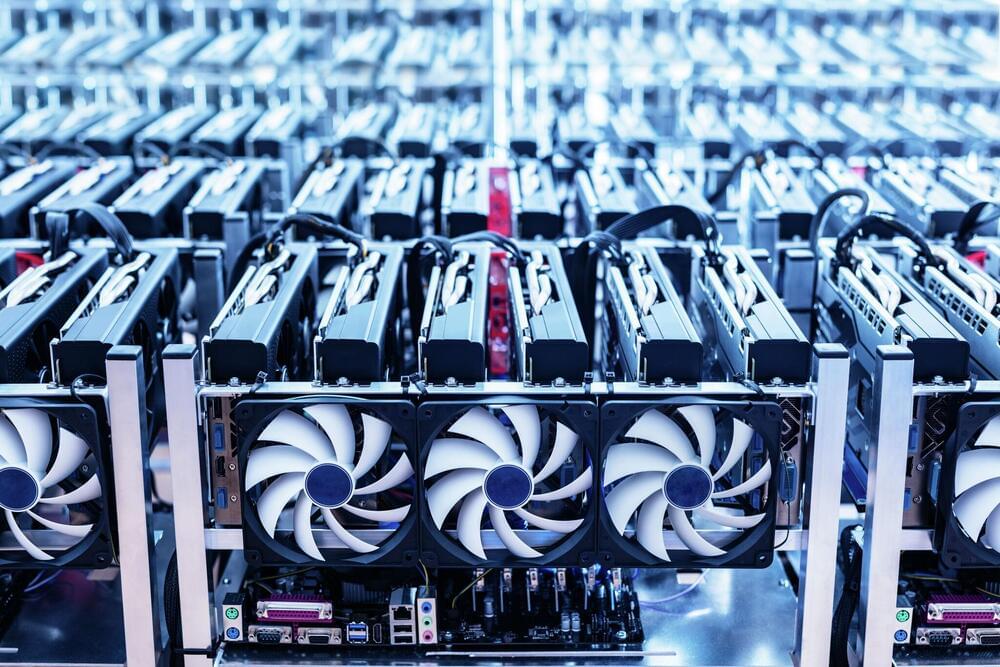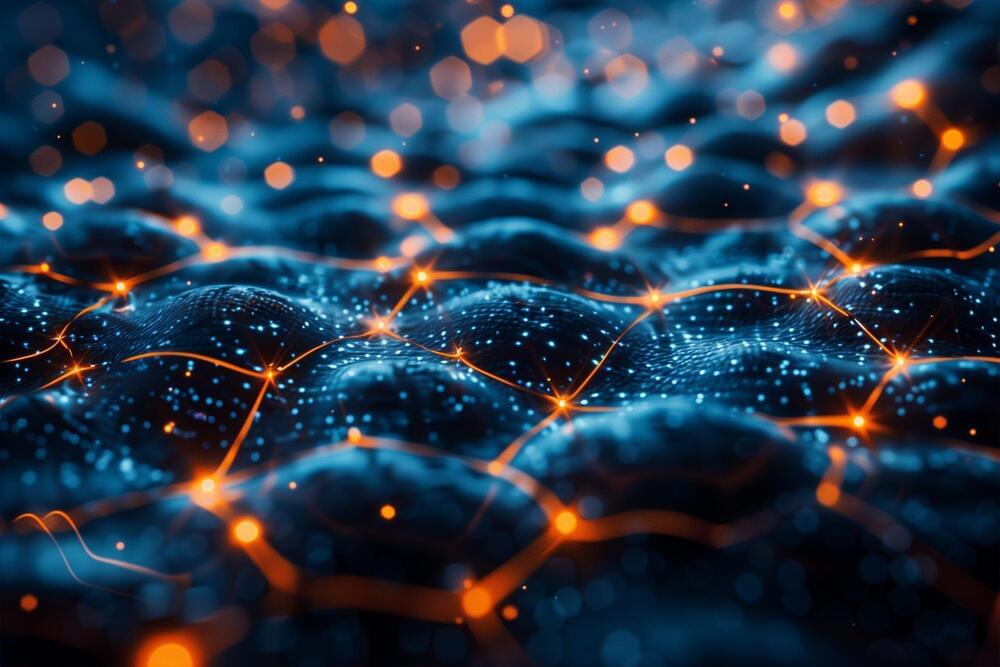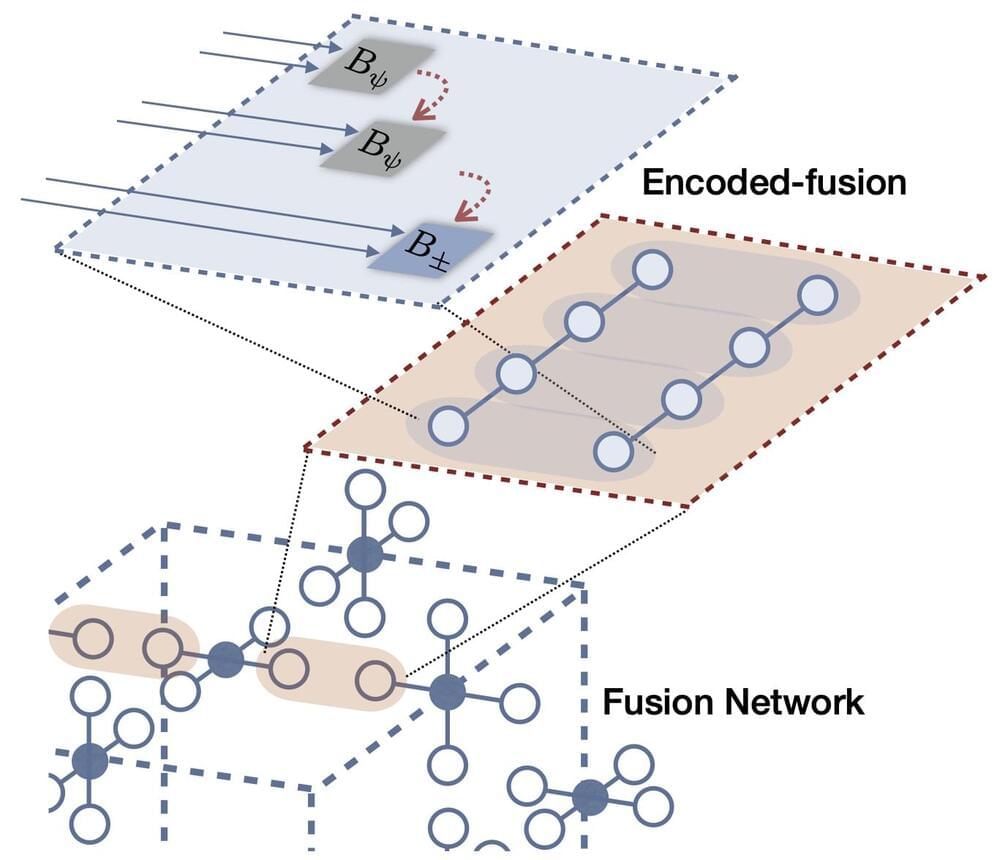Conventional components perform incredibly inefficiently at these sub-freezing temperatures, the scientists said. They’re also very hard to maintain — as more and more qubits are added to a system, the more heat is emitted, which makes it more difficult and expensive to sustain these ultralow temperatures.
Because the new transistor — dubbed the “cryo-CMOS transistor” — is optimized to operate at temperatures under 1 K and emit near-zero heat, it offers plenty of advantages over traditional electronics, representatives of the Finnish company SemiQon, which developed the transistor, said in a statement.
